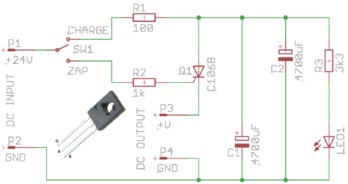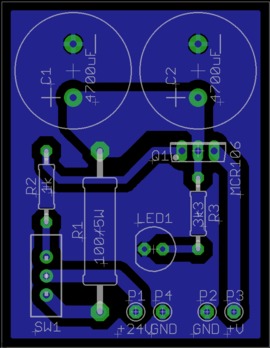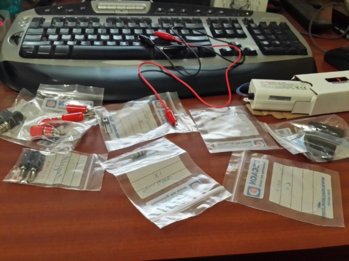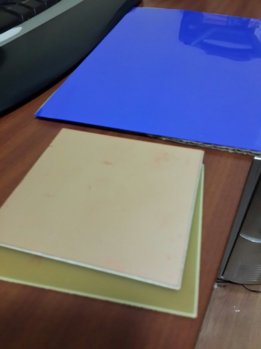For those DIY enthusiasts that want to build a simple NR-R Wire Welder / Zapper, here's a schematic and some info:

B.O.M (all components available from any electronic store):
R1 - 100 Ohm 5W Resistor
R2 - 1k Ohm 1/4W Resistor
R3 - 3k3 1/4W Resistor
C1 & C2 - 4700uF 50V Electrolytic Capacitor (if you use 48V, get 63V rated Capacitors
LED1 - Any standard 3mm or 5mm LED
Q1 - MCR106 or C106B Thyristor (see pic insert on schematic for pin-outs)
SW1 - Any SPDT (Single Pole Double Throw) Switch
P1 & P2 - Input connection from any 24V or 48V DC PSU (power supply)
P3 & P4 - Output to wires to be welded (use Croc-clips with insulation sheath)
Use:
Place SW1 in CHARGE position until LED1 lights up bright
Connect NR & R wires each on a seperate Croc-clip (doesn't matter which one connects to P3 or P4)
Overlap NR wire with R wire about 1mm and let them physically touch each other
Flick SW1 over to ZAP
You will hear a Zap noise and even observe a spark - that's absolutely normal
Your NR-R wires should now be securely welded together
Repeat for the other side R-NR
Note:
You can increase the values of C1 & C2 if you want a "deeper" penetration of weld.
Any questions, let me know.

B.O.M (all components available from any electronic store):
R1 - 100 Ohm 5W Resistor
R2 - 1k Ohm 1/4W Resistor
R3 - 3k3 1/4W Resistor
C1 & C2 - 4700uF 50V Electrolytic Capacitor (if you use 48V, get 63V rated Capacitors
LED1 - Any standard 3mm or 5mm LED
Q1 - MCR106 or C106B Thyristor (see pic insert on schematic for pin-outs)
SW1 - Any SPDT (Single Pole Double Throw) Switch
P1 & P2 - Input connection from any 24V or 48V DC PSU (power supply)
P3 & P4 - Output to wires to be welded (use Croc-clips with insulation sheath)
Use:
Place SW1 in CHARGE position until LED1 lights up bright
Connect NR & R wires each on a seperate Croc-clip (doesn't matter which one connects to P3 or P4)
Overlap NR wire with R wire about 1mm and let them physically touch each other
Flick SW1 over to ZAP
You will hear a Zap noise and even observe a spark - that's absolutely normal
Your NR-R wires should now be securely welded together
Repeat for the other side R-NR
Note:
You can increase the values of C1 & C2 if you want a "deeper" penetration of weld.
Any questions, let me know.







